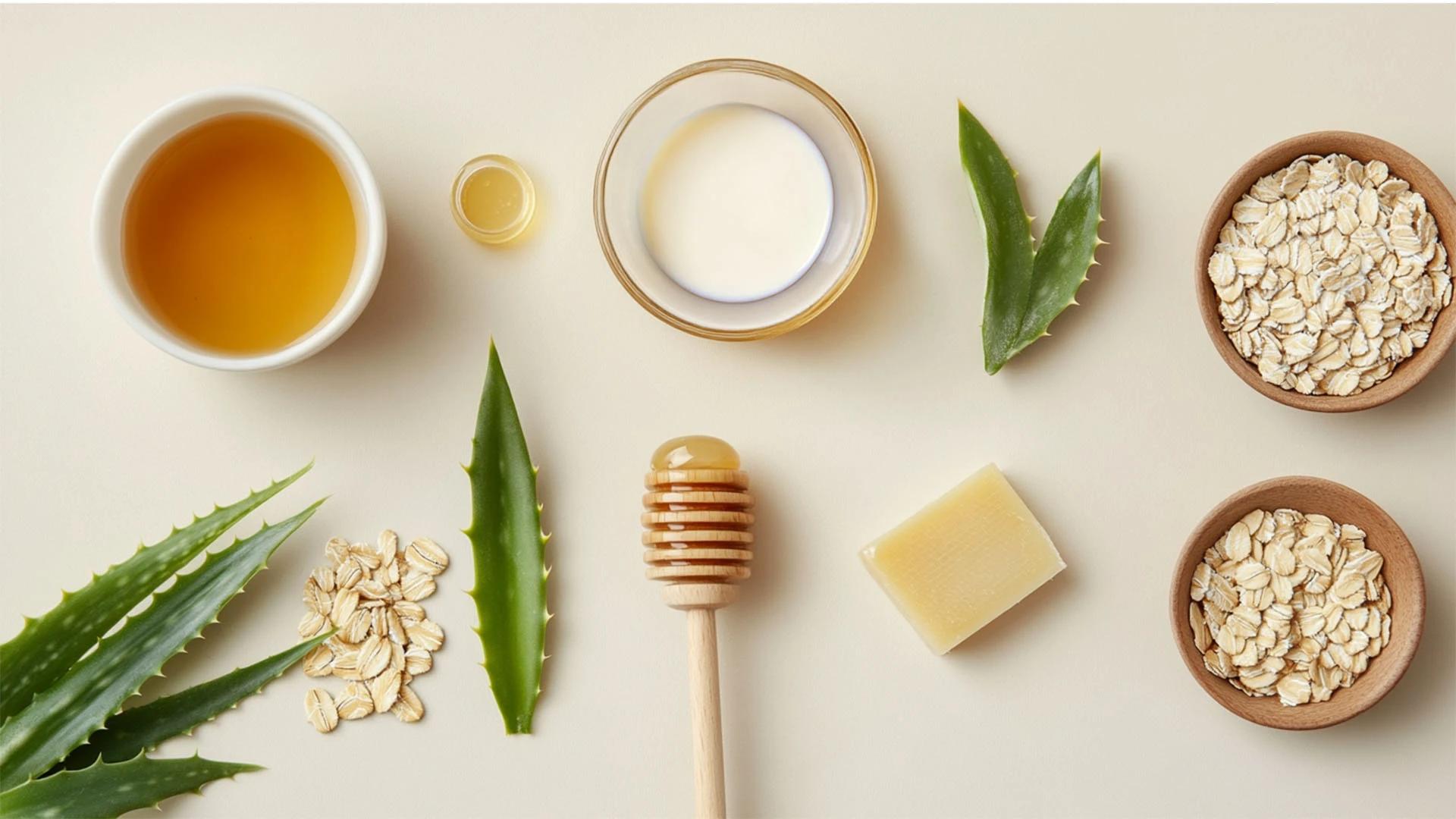Ever felt like your hair just doesn't drink up those moisturising hair products no matter how much you slather on? You might be dealing with low porosity hair. This hair type has tightly closed cuticles that make it tricky for moisture to get in—but once it's in, it stays put for ages. Low porosity hair needs a specific natural
hair care routine with the right products to keep it healthy and hydrated. Think of it as your hair being a bit selective about what it lets in. That's where our checklist of 8 must-have low porosity hair products comes in handy. These picks will help you work *with* your hair's natural structure, not against it.
Understanding Low Porosity Hair
Low porosity hair has cuticles that lie flat and tight against the hair shaft. This creates a barrier that makes it harder for moisture and products to penetrate. Your hair might take forever to get wet in the shower and even longer to dry. It can also feel like products just sit on top instead of soaking in, leading to buildup and dull-looking strands. The good news? Once moisture does get in, it stays locked in longer than other hair types. The key is finding the right balance of products that can actually penetrate those stubborn cuticles without weighing your hair down.
How to Identify Low Porosity Hair
Not sure if you have low porosity hair? There are a couple of simple tests you can try at home. These hair porosity tests will give you a clearer picture of your hair's structure and help you choose the right products.
The Float Test
Drop a clean strand of hair into a glass of water. Low porosity hair will float on the surface for ages because the cuticles are too tight to let water in. If your hair sinks quickly, you likely have high porosity hair. Hair that floats somewhere in the middle indicates medium porosity.
The Spray Bottle Test
Spray a section of clean, dry hair with water. Low porosity hair will repel the water, causing it to bead up and roll off rather than being absorbed. If the water soaks in quickly, your hair is likely high porosity.


 300 ml
300 ml 200 ml
200 ml 70 ml
70 ml 100 ml
100 ml